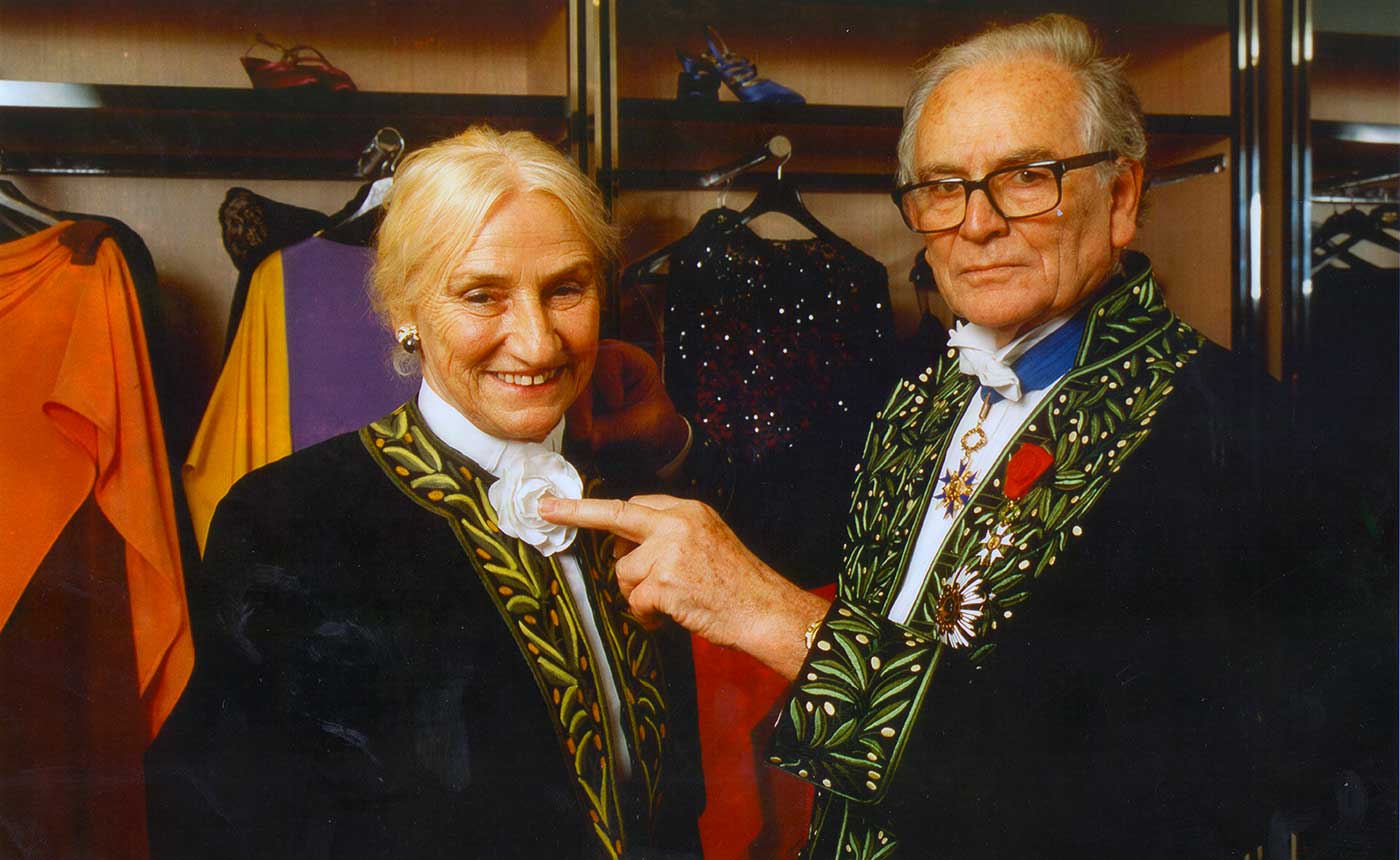Marianne Grunberg-Manago
Daughter of Vladimir Grunberg and Catherine Riasanoff Grunberg, wife of Armand Manago, mother of Michel Manago (born in 1961) and Catherine Manago Baudin (born in 1955), Marianne Grunberg-Manago is a French biochemist and research director at the CNRS. She is the first woman president of the Academy of Sciences (1995-1996), she discovered key steps in genetic translation.
Descended by her mother from the Swiss pedagogue Pestaotzzi and the Russian historian and geographer Tatishchev, she was born in Petrograd in 1921, while her mother was finishing her studies in architecture. Her family fled Soviet Russia when she was nine months old and emigrated first to Germany and then to France. She arrived in Nice when she was twelve years old and obtained a baccalaureate at 17. She completed a certificate in comparative literature (1940), then turned to scientific studies, obtaining a science degree at the University of Paris (1943) then a doctorate in 1947. She did research in the marine biology laboratory de Roscoff then left for the United States where she joined the laboratory of Irwin Gunsalus at the University of Illinois at Urban-Champaign, then the molecular biology laboratory of Severo Ochoa in New York in 1954. There she discovered polyribonucleotide nucleotide idyltransferase, a enzyme that will revolutionize research on heredity by allowing a better understanding of the mechanisms of replication of deoxyribonucleic acid.
She returned to France where in 1961 she became research director at the CNRS. She is an associate professor at the University of Paris 7 (1977-1982) and at Harvard University (1977).
She was elected correspondent of the French Academy of Sciences on October 31, 1977, then a member, within the molecular and cellular biology section, on March 1, 1982. She was president of the Academy (1995-1996), becoming the first woman to hold this position. In the 1980s, she was successively elected as a foreign member of the American Academy of Sciences, the Russian Academy of Sciences and the Ukrainian Academy of Sciences, then the National Academy of Sciences in the United States. .
In the 1970s and 1980s, she was the instigator of numerous joint scientific conferences and exchanges with Soviet researchers, at a time when these exchanges were complex.
Marianne Grunberg-Manago elucidates numerous stages of genetic translation (“initiation” of protein chains, role of ribosomes, codon/anti-codon interactions). It has been a member of the European Molecular Biology Organization since its creation in 1964.
Honors
- First woman to lead the International Union of Biochemistry
- Charles-Léopold-Mayer Prize from the Society for Biological Chemistry
- 1977 : foreign member of the New York Academy of Sciences
- 1978 :foreign member of the American Academy of Arts and Sciences
- 1982 : foreign member of the US National Academy of Sciences
- 1988 : honorary foreign member of the Russian Academy of Sciences
- Commander of the National Order of Merit
- 2008 : Grand Officer of the Legion of Honor

